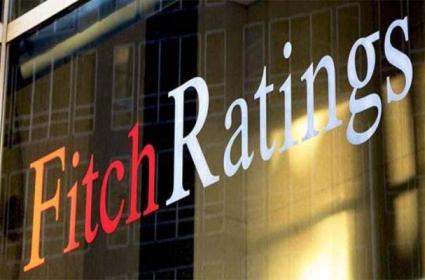India to Face Supply Challenges, Rising Electricity Demand

Fitch Ratings-Singapore: India’s increasing electricity demand for cooling as summer approaches, as well as strong economic growth and challenges in increasing power generation will likely keep short-term electricity rates high in the near term, Fitch Ratings says.
Electricity demand in India generally peaks during the warmer months of April to August, subject to weather patterns. We expect monthly electricity demand in 2022 to peak at around 132 billion kWh, 15% higher than the average monthly demand in 1Q22, similar to 2021 and 2019 when peak monthly demand was 15% and 19% higher, respectively, than average monthly demand in 1Q21. Demand in 2020 was dampened by pandemic-related lockdowns, but peak monthly demand was still 6% higher than the average monthly demand in 1Q20.
A commensurate increase in electricity generation to meet the increased demand is unlikely, limited by the availability of coal, which accounts for two-thirds of the power generated in India. Coal inventory, affected by the early onset of summer, is already low at around nine days, compared with normal requirements of around 24 days. This is higher than the low of four days during October 2021 when there was a stark demand-supply mismatch. Coal stocks are below the critical level - defined as 25% of normal requirements - at 45% of domestic coal-dependent power plants.
The demand-supply mismatch is also evident in the increase in the daily electricity deficit to around 1% from the average of around 0.3%. We expect the deficit to rise further with demand even as the government is looking to increase coal imports for blending with domestic coal to ease supply issues. The share of imported coal may rise in 2022, reversing the share reduction to 5% in 2021 from 9% in 2020 and 11% in 2019. However, exorbitantly high international coal prices would limit any significant increase in coal imports. Domestic coal supplies could also be affected at the peak of the monsoon in 3Q22, which may hurt coal mining and transportation.
We expect the coal availability issue to limit any further increase in the plant load factor of NTPC Limited (BBB-Negative), India’s largest electricity generator, after an increase to 70.7% in the financial year ended March 2021 (FY21) from FY20’s 66.0%. We expect NTPC to manage coal inventory in most of its plants, similar to 2021. We do not expect a material increase in its under-recoveries from the lack of plant availability arising from fuel shortages. NTPC benefits from its regulated business model, based on invested capital and a rate of return, which allows the pass through of any changes in fuel costs.
The recent electricity deficit was also reflected in the 85% increase in the price of electricity traded on Indian exchanges to INR8.23/kWh in March from an average of around INR3/kWh. High short-term rates led the central regulator to cap the price at INR12/kWh, lower than the earlier cap of INR20/kWh applied by the exchanges. We expect the rise in electricity prices to affect the already-weak financial profiles of distribution companies, which have not been able to pass on the increase in costs to customers on a timely basis. This in turn could lead to further build-up of payment delays by distribution companies to power generators, diluting the potential effects from recent court rulings in favour of the generation companies.



















